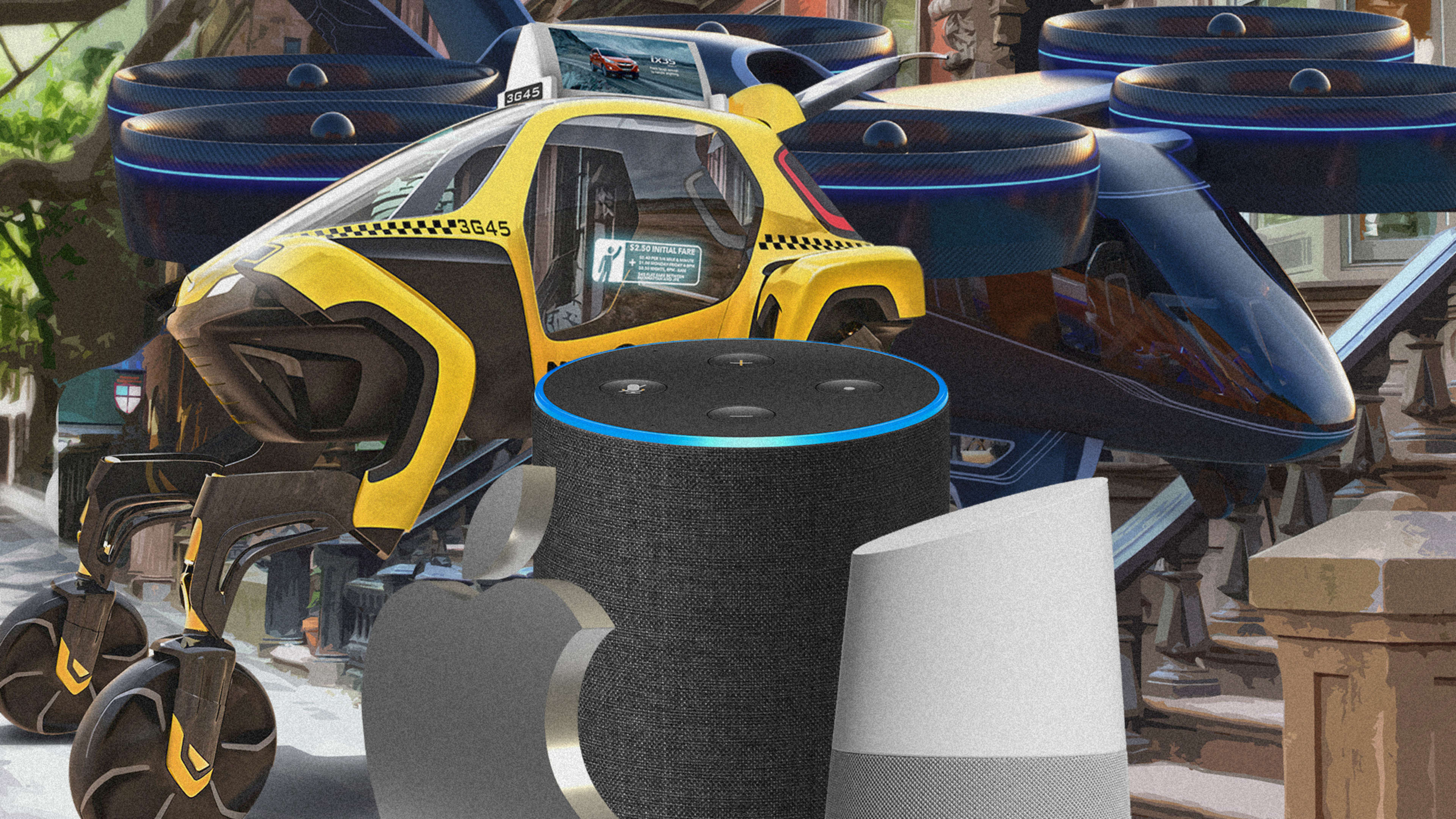The annual Consumer Electronics Show (CES) is like a ouija board that forecasts the year in technology to come. It’s a captivating–and yet rarely perfect–forecast of our future. After all, neither the iPod, nor iPhone, were announced at CES.
At the same time, the Las Vegas tech show tends to offer a telling snapshot of the industry itself, as every major hardware manufacturer comes together to share news in one place. This year was a particularly quiet show in terms of individual announcements, but it still demonstrated where the tech industry thinks it’s going over the next year. Here’s what we noticed.
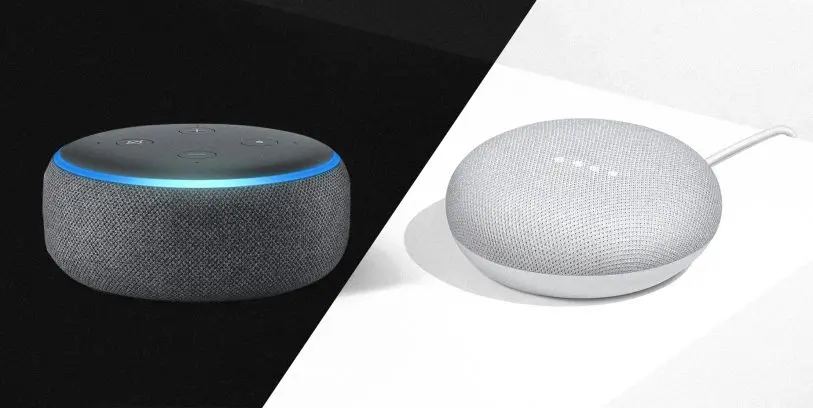
Virtual assistants are everywhere. But is anyone using them?
Google and Amazon continued duking it out for title of most virtual assistants listening to the most people on the most devices. It’s been a multi-year battle, once led by Amazon, quickly matched by Google, and now escalating between these two companies like a new cold war.

For the first time ever, Amazon released a stat on how many Alexa-powered products had been sold. The number was massive–100 million–until you really thought about it. It includes products ranging from Amazon’s own Echo to third-party hardware like Sonos speakers. In fact, there are some 28,000 Alexa-powered products on the market, meaning any smart coffee maker that has Alexa support would be rolled into that figure, too. Just because a device supports Alexa doesn’t mean people are using the chatbot technology regularly, or for anything more than hearing the weather report. But Amazon has certainly been successful in getting its voice assistant into products.
Meanwhile, Google fired back with a much bigger number of devices that use the Google Assistant: 1 billion. That’s 10 times as many as Amazon. It helps that the Google Assistant is part of Android, and Android smartphones are the most popular in the world. The difference in these figures seems to demonstrate how limited your reach will be if you don’t have a strong foothold in mobile. Case in point: Moving forward, Google is trojan-horsing its Assistant onto iPhones via Google Maps, and it’s even offering Samsung’s competing Bixby assistant access to some Google apps like Maps, Play, Youtube, and Gmail.
In any case, virtual assistants are here. The question now is: Are we really using them? At CES, Google claimed yes–four times more people are using Assistant than last year. But that’s the sort of vague stat that leaves us wondering: What are they doing with it? Are those interactions meaningful? And what counts as an active user, anyway?
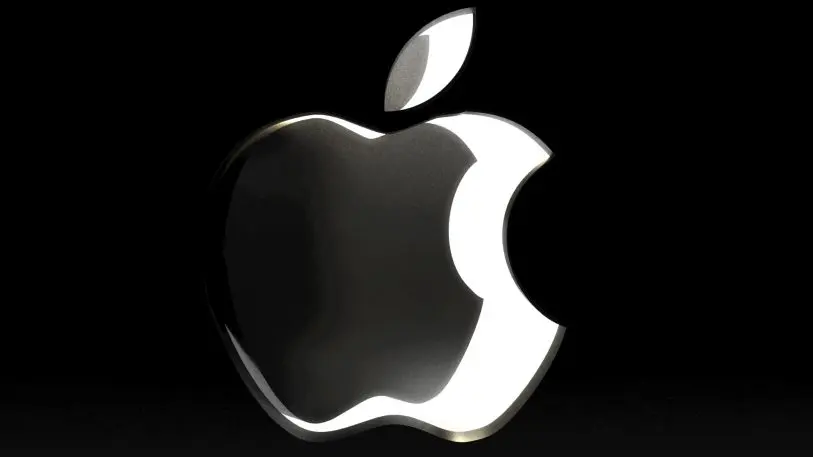
Apple is making new friends
Apple usually skips CES in favor of its own events, but this week it made a rare attempt to steal the show without actually announcing any products of its own. The biggest news is that Apple–fresh off devastating quarterly earnings that showed iPhone growth has tanked–is making a bigger effort to be interoperable with third-party products, and make its services accessible without using Apple devices themselves.
You’ll now be able to stream content from an iPhone to a Vizio, Samsung, or LG TV via the Airplay 2 standard that all three of these big TV manufacturers will be baking into their sets. This means you’ll be able to mirror your phone onto your TV, or stream content to it without cables and other headaches. (Sorry, Apple TV! You seemed very nice!) Here we see Apple operating a lot more like Google, which has done something similar with Chromecast support in the past. But Apple dove in at really big scale, seemingly overnight.

More major, however, was Samsung’s announcement that Samsung TVs will be getting an integrated iTunes app. That means you won’t need any Apple hardware whatsoever to stream iTunes content to a TV. Here we see signs of Apple recognizing its need to embrace its services business, rather than simply sell hardware. And dang, it’s actually kind of cool, right? Of course your iTunes library should be as flexible to stream as Netflix, HBO, and other popular apps. The announcement teases a new future for Apple that’s decoupled from pricey hardware (which we really shouldn’t be replacing every two years, anyway).
Finally, one tangential Apple-CES item that should be mentioned was a stat Tim Cook shared in an interview with CNBC. Cook said that the company’s wearable products–the Apple Watch and AirPods–create more revenue than the iPod line did at its peak. This demonstrates the scale that Apple works at nearly 20 years since it launched the first iPod. It also portends the importance of wearables to Apple’s future as it explores services.
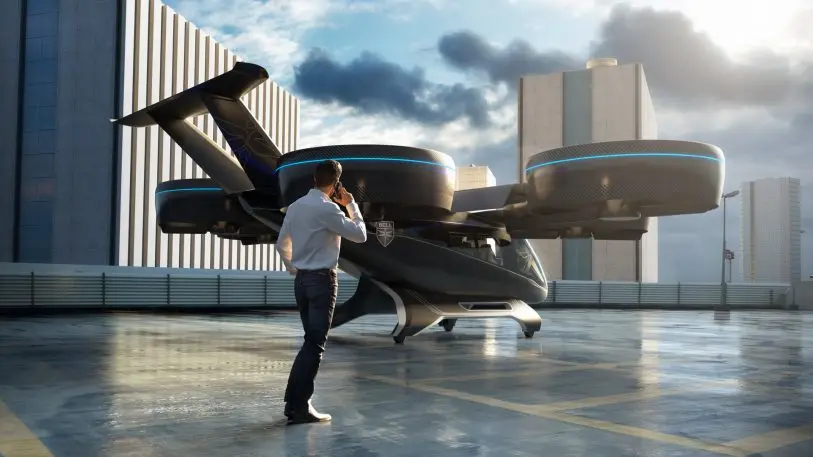
The way we get around in the post-Uber world will change, again
When I took a ride in Waymo’s first driverless taxi last year, I noticed something interesting: The app interface doesn’t show your route–it just shows the start point and end point. I joked to one of Waymo’s product developers that it had already designed its interface for flying cars. They laughed, but only a little. Perhaps because that’s exactly the kind of thinking that the mobility industry is doing, now that self-driving technologies are maturing and digital ride hailing has been figured out. The way we move is only going to keep changing.
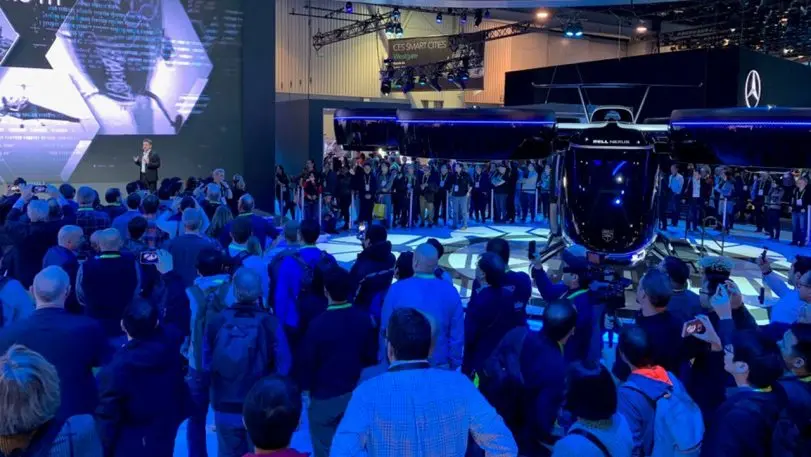
This long-term–and wildly futuristic–strategizing was on full display at CES. For starters, the Uber partner Bell showed off a second-stage concept of its flying car that both companies swear they will begin testing in 2020. (This has been on the docket for a while.) A full-scale model on the CES floor promised to fly five people at speeds reaching 150 mph. Of course, it didn’t actually fly, but it’s being taken seriously for an important reason: Bell is an established aircraft developer that makes the propulsion technology behind the V-22 Osprey (the crazy-expensive military helicopter plane thing).
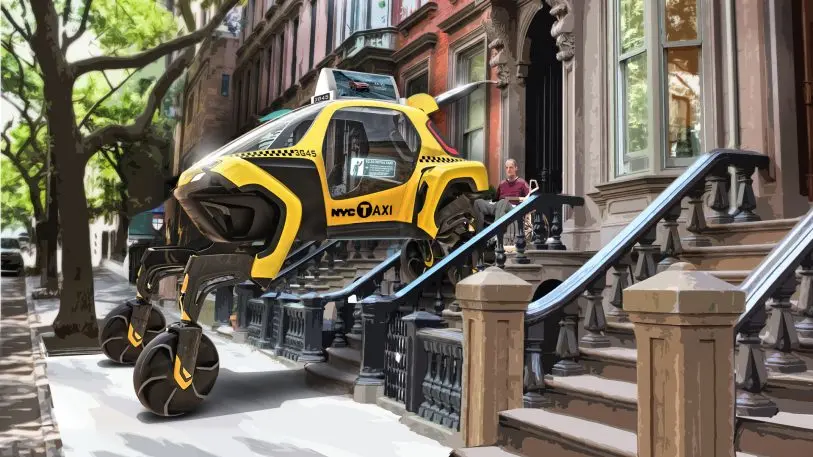
Hyundai also shared its vision for a wild car with four wheels and four legs called the Elevate. It’s designed for first responders who need to wheel and crawl their way through difficult terrain. A concept rendering also showed the Elevate lifting a person in a wheelchair up the steps of their brownstone. The concept offered a taste of what’s possible if robotics and self-driving technologies marry in just the right way–and it makes a superb complement to the latest concepts showed off by Toyota, which has been running a contest to offer people in wheelchairs high-tech alternatives to everyday transit.
Segway–which some might remember built a standing wheelchair years ago–also showed up to CES with two interesting announcements of its own. First, it will build more durable scooters–which is good and necessary!–in a partnership with Lyft.
Secondly, Segway showed off a delivery robot that looks something like a filing cabinet on wheels with an iPad taped to the top. Developed for office buildings and malls, you can imagine it delivering staplers and Starbucks, but not much more. At first glance, the bot is a perfect example of CES being used for marketing hype more than a viable product–especially since delivery robots have had a tough time coming to market (they were quickly banned in San Francisco before legislators changed their minds).
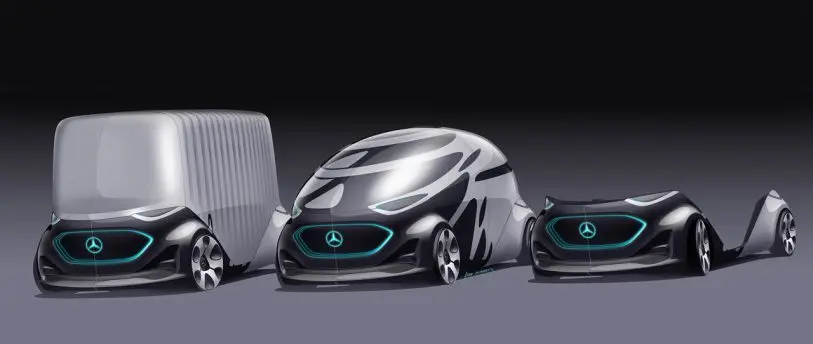
Mercedes is making a play for mass transit of its own through the introduction of something the company calls Vision Urbanetic. It’s a combination of cars and IT infrastructure that’s designed to declog city streets using a combination of sensors, algorithms, and self-driving vehicles. (It’s pretty much an Uber/Lyft/Waymo competitor, from what I can tell.) I have no clue if they can pull it off, but the glowing, self-driving Mercedes was right at home on the Vegas strip.
As the annual tech show finishes up today, we’re left with a vision of a tech industry pushing plenty of flashy flying car concepts and other typically bombastic CES announcements. But based on the way Google, Amazon, and now Apple showed up at CES, 2019 will be full of surprises, too. One thing is certain: It’s shaping up to be a year when platform holders continue to spread their tentacles into every nook and cranny of our lives.
Recognize your brand’s excellence by applying to this year’s Brands That Matter Awards before the early-rate deadline, May 3.
